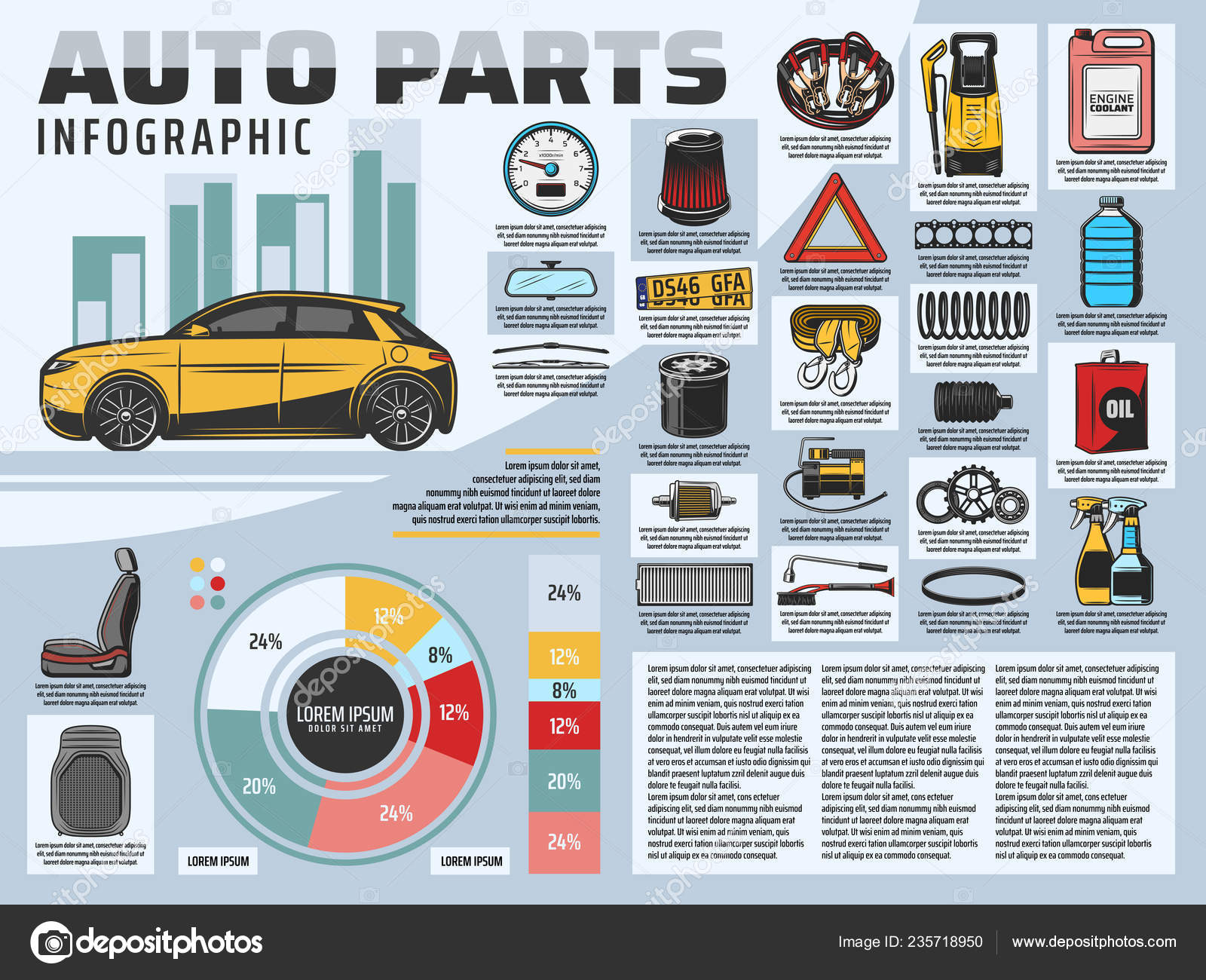Evaluating Your Auto'S Warning Indicators: What They Actually Share
Evaluating Your Auto'S Warning Indicators: What They Actually Share
Blog Article
Article Written By-Faulkner Dalgaard
When you're behind the wheel, those radiant warning lights on your dashboard can be a bit complicated. Do you understand what they're trying to tell you concerning your vehicle's wellness? Comprehending the relevance of these lights is vital for your security and the durability of your car. So, https://donovanmidys.answerblogs.com/31393051/plan-for-an-insightful-expedition-of-the-phenomenal-automobile-repair-shops-that-can-transform-your-method-to-automobile-maintenance following time among those lights appears, would not you intend to analyze its message accurately and take the required actions to address it?
Common Caution Lighting and Interpretations
Identify typical caution lights in your cars and truck and recognize their definitions to guarantee risk-free driving.
One of the most common caution lights include the check engine light, which signifies problems with the engine or exhausts system. If this light begins, it's crucial to have your vehicle checked quickly.
The oil pressure warning light suggests reduced oil stress, needing instant interest to avoid engine damages.
A blinking battery light could suggest a malfunctioning charging system, possibly leaving you stranded otherwise addressed.
The tire stress monitoring system (TPMS) light signals you to low tire stress, affecting automobile security and fuel effectiveness. Overlooking this can cause harmful driving conditions.
The abdominal muscle light suggests a trouble with the anti-lock stopping system, endangering your ability to quit promptly in emergency situations.
Last but not least, the coolant temperature level alerting light warns of engine getting too hot, which can cause extreme damage if not resolved swiftly.
Understanding these usual caution lights will certainly aid you deal with problems quickly and preserve safe driving conditions.
Relevance of Prompt Interest
Recognizing the usual caution lights in your vehicle is just the first step; the value of quickly resolving these warnings can't be highlighted enough to guarantee your security when traveling.
When a warning light brightens on your dashboard, it's your car's method of interacting a possible issue that requires focus. Neglecting these warnings can cause a lot more serious troubles later on, compromising your security and possibly costing you much more out of commission.
Trigger interest to alerting lights can prevent malfunctions and mishaps. For instance, a flashing check engine light could show a misfire that, if left ignored, can trigger damage to the catalytic converter. Addressing this immediately can conserve you from a pricey fixing.
In a similar way, a brake system cautioning light could signal reduced brake fluid or worn brake pads, critical parts for your safety when driving.
DIY Troubleshooting Tips
If you see a warning light on your control panel, there are a couple of DIY fixing pointers you can attempt before seeking specialist help.
The first step is to consult your auto's guidebook to understand what the specific caution light shows. Often the problem can be as simple as a loose gas cap causing the check engine light. Tightening up the gas cap might resolve the trouble.
An additional usual problem is a reduced battery, which can activate numerous advising lights. Examining the battery links for corrosion and guaranteeing they're secure could fix the trouble.
If a warning light persists, you can attempt resetting it by detaching the car's battery for a few mins and after that reconnecting it. Furthermore, inspecting your automobile's liquid degrees, such as oil, coolant, and brake fluid, can aid repair cautioning lights associated with these systems.
mouse click the up coming article
In conclusion, understanding your automobile's warning lights is necessary for maintaining your car running efficiently and securely. By promptly dealing with https://salinapost.com/posts/b0ce641c-7532-457e-a864-0b9a2ba4a44f and understanding what they imply, you can avoid costly repairs and possible break downs.
Keep in mind to consult your vehicle's handbook for specific information on each alerting light and act appropriately to guarantee a trouble-free driving experience.
Remain educated, remain safe on the road!
